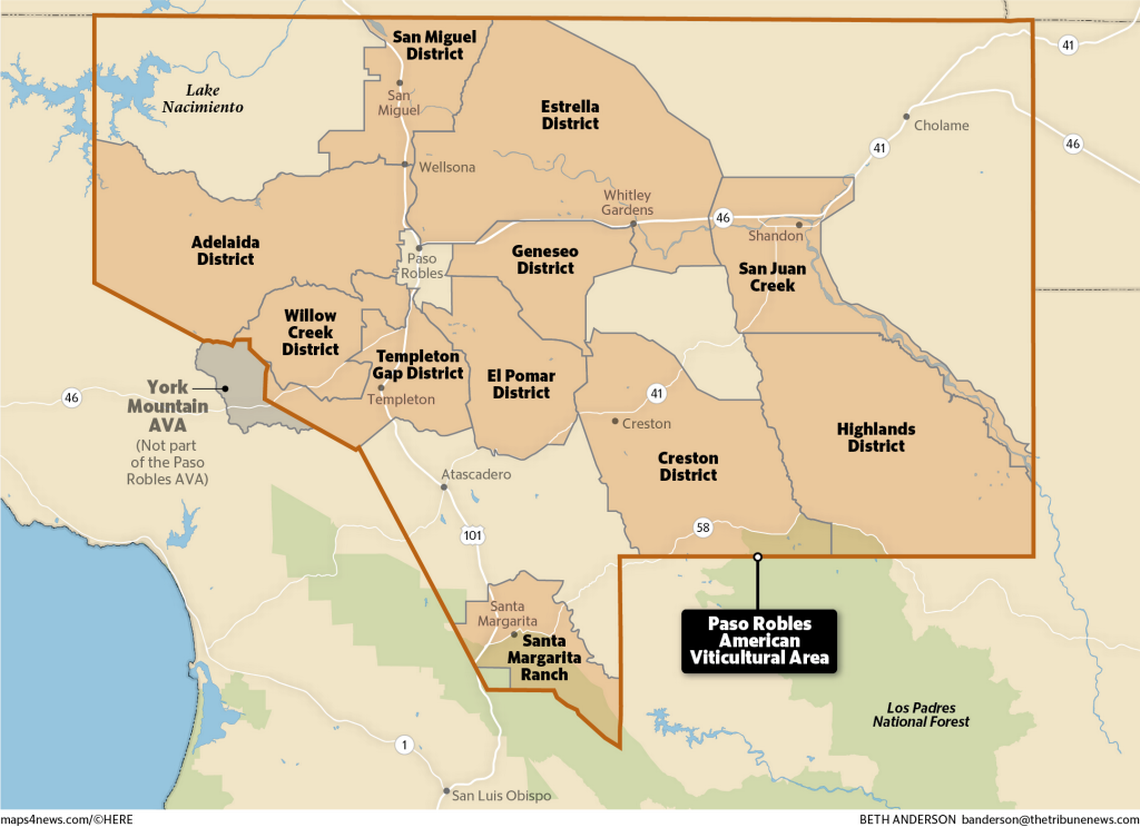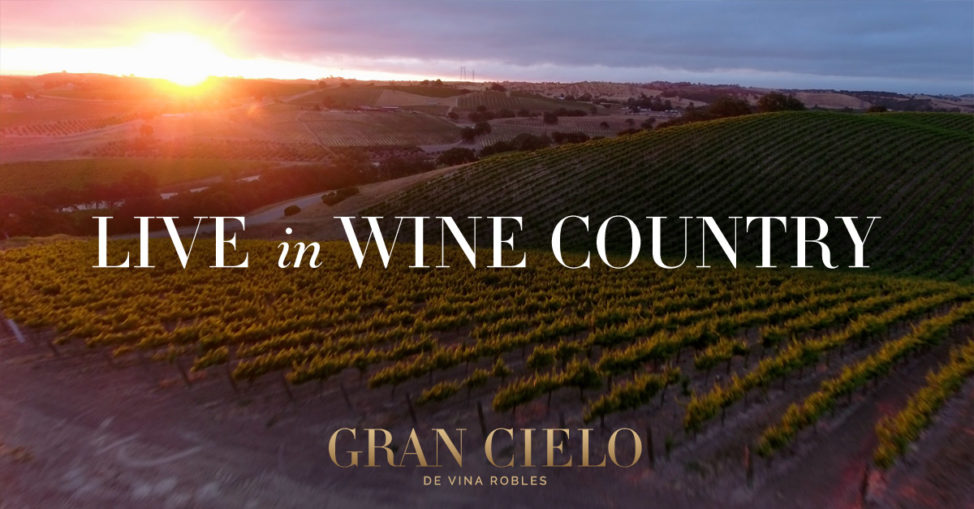Known for premium Cabernet Sauvignon, Merlot, Zinfandel, and Syrah – Paso Robles wine country is a celebrated community consisting of over 200 tasting rooms and 40,000 vineyard acres within the Paso Robles American Viticultural Area (AVA).
Located midway between San Francisco and Los Angeles, Paso Robles is more than up and coming, it has truly arrived. In fact, Wine Enthusiast magazine named Paso Robles AVA the Wine Region of the Year in 2013. The region’s respected growers and winemakers continually produce award-winning wines year after year.
Here’s more of what you need to know about living in Paso Robles wine country:
Paso Robles AVA consists of 11 sub-regions.
Why? Prior to dividing the massive region in 2014, Paso Robles AVA was the largest un-subdivided AVA in the entire state of California – nearly 3x the size of Napa (home to 16 sub-AVAs).
Every Paso Robles wine country sub-region of sprawling terrain is unique. With a wide variety of soils and climate, each distinct district can help consumers better understand the diversity within Paso Robles. Elevations shift dramatically from 700 to 2,400 feet. Particular areas can receive 30 inches of rain a year while others only 10. Soils shift radically too – from sand and loam in the Estrella River basin to the limestone-rich calcareous soils to the west.
Below you’ll find Sally Buffalo’s helpful descriptions of each Paso Robles wine country sub-region:
- Adelaida District
- Limestone-rich
- Santa Lucia slopes/foothills
- High average rainfall (25 inches)
- Santa Margarita Ranch
- High mountain slopes
- Alluvial soils
- Highest rainfall of all 11 regions (29 inches)
- Templeton Gap District
- Rolling slopes
- Loamy soil
- Moderate rainfall
- Marine influence – ocean breeze/fog
- Willow Creek District
- Hilly
- Limestone rich soil
- Strong marine influence
- High rainfall (24-30 inches)
- El Pomar District
- Rich, loamy soils
- Moderate rainfall
- Heavy fog and strong marine breezes
- Estrella District
- Estrella River Valley
- Mineral-rich soils
- Warm days, cooler nights – wide temperature variation
- Geneseo District – Gran Cielo is located here.
- Warmer region
- Lower rainfall
- Along Hueruero-La Panza Fault
- Granite, gravel, and alluvial soils
- San Miguel District
- Moderate climate
- Deep sand and clay
- Footslope of Santa Lucia Range
- Creston District
- Warmer, less rain (11 inches)
- Alluvial soils, granite and sedimentary rock
- Highlands District
- Warmest district of the region
- Base of La Panza Range
- Deep alluvial soil
- San Juan Creek
- Younger river valley
- Sand and clay
- Warmer climate
- Low rainfall

Map credited to Beth Anderson at The Tribune News
Terroir Takeaways
- Ultimately, growing conditions are the most important factor in what makes a particular region stand out.
- Defining sub-regions is an effective way to allow each region to share a distinct story.
Reading Reveals Region
According to Sally Buffalo, “If you’ve spent time in Paso Robles tasting rooms or wine shops recently, there’s a good chance you’ve heard talk of Adelaida, Estrella or Geneseo, or seen Willow Creek or El Pomar stamped on a label. If you were left scratching your head, you’re not alone. A district designation on the bottle refers to where the grapes were grown — not where they were processed or the winery is based. So if a winery in Templeton Gap makes wine from grapes it purchased from a vineyard in Adelaida, it can label the bottle as Adelaida.”
Good to Know
- Where a winery is located doesn’t tell you much about the grapes’ origin – unless they use fruit only from their estate vineyards.
- If a winery uses simply Paso Robles, or Central Coast, that means the grapes come from more than one AVA.
- Wineries can designate an AVA on the label when at 85% of the fruit comes from that AVA – meaning up to 15% can come from elsewhere.
Does living in Paso Robles wine country sound inviting to you and yours? Learn more about life on a working vineyard at Gran Cielo.

